Birds of Winter
Pallida
12 years ago
Related Stories

GARDENING FOR BIRDSFeed the Birds: 6 Plants for Abundant Winter Berries
Be kind to your fair feathered friends during lean food times by planting a shrub or tree loaded with nutritious snacks
Full Story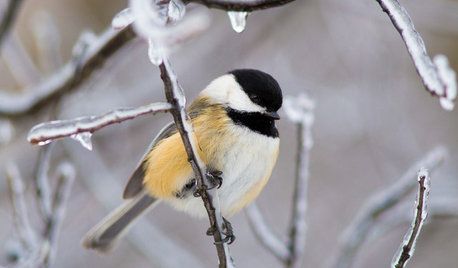
GARDENING FOR BIRDSBackyard Birds: Marvel at Chickadees This Winter
These North American natives flock to bird feeders and entertain with their complex birdcalls
Full Story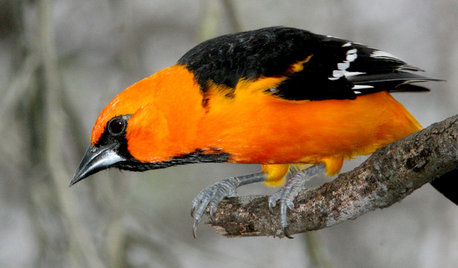
GARDENING GUIDESBackyard Birds: Orioles Return After Spending Winter in the Tropics
These colorful songbirds prefer woodlands and forest edges, but they’ll visit yards with fruit-producing trees and shrubs
Full Story
GARDENING GUIDESBackyard Birds: Northern Cardinals in the Snow, and Other Red Birds
Brilliant crimson feathers make these friends stand out in a crowd
Full Story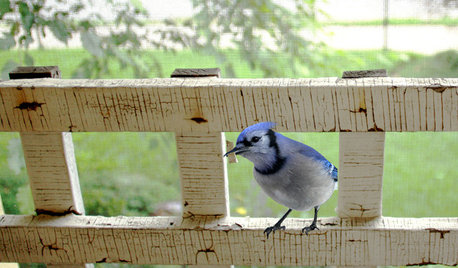
GARDENING FOR BIRDSBackyard Birds: Meet Some Clever and Curious Jays
Boisterous jays provide plenty of backyard bird-watching in winter. Here’s how to identify all the varieties and welcome them into your yard
Full Story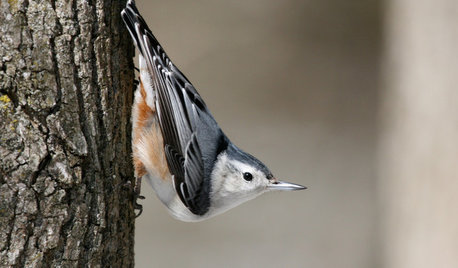
GARDENING FOR BIRDSBackyard Birds: Those Nutty Nuthatches
The North American songbirds, which often perch upside down, make themselves known in the winter landscape
Full Story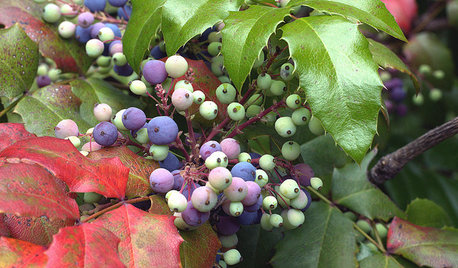
GARDENING GUIDESGreat Design Plant: Mahonia Aquifolium for Birds
Oregon grape puts on a bold spectacle from spring through winter and is ideal to brighten partly shady corners in the U.S. West
Full Story
GARDENING GUIDES8 Native Shrubs for Year-Round Bird Feeding
It’s not just about berries. These plants provide insects for birds and seasonal interest for gardeners
Full Story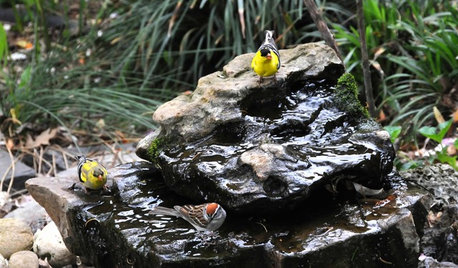
OUTDOOR PROJECTSBring In the Birds With a Homemade Bubble Rock
An avian expert from Southern Indiana shows how to make a burbling fountain that migrating birds will love
Full Story
SHOP HOUZZShop Houzz: Give Birds a Warm Welcome
Welcome the birdies back into your yard — and let a few bird motifs fly into your own nest
Full Story0



beerhog
cactusgarden
Related Discussions
Birds eating winter grass seeds
Q
Anyone here use a bird bath heater? (or heated bird bath)
Q
frozen bird bath-winter is here
Q
favorite winter bird food recipes
Q
mulberryknob
PallidaOriginal Author
miraje
cactusgarden
Okiedawn OK Zone 7
soonergrandmom
cactusgarden
PallidaOriginal Author
mulberryknob
soonergrandmom
Okiedawn OK Zone 7
mulberryknob
PallidaOriginal Author
susanlynne48
PallidaOriginal Author
tracydr
PallidaOriginal Author
Okiedawn OK Zone 7
susanlynne48
PallidaOriginal Author
seeker1122
soonergrandmom
PallidaOriginal Author